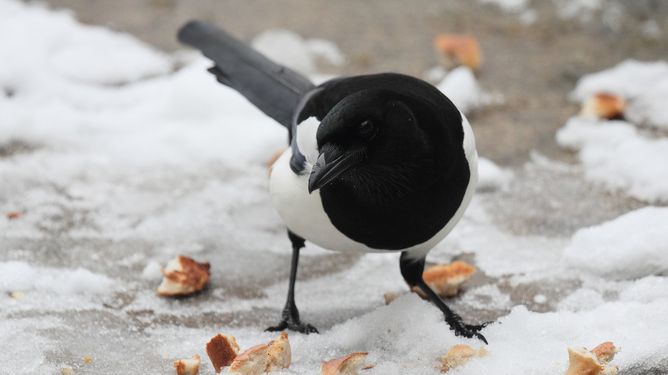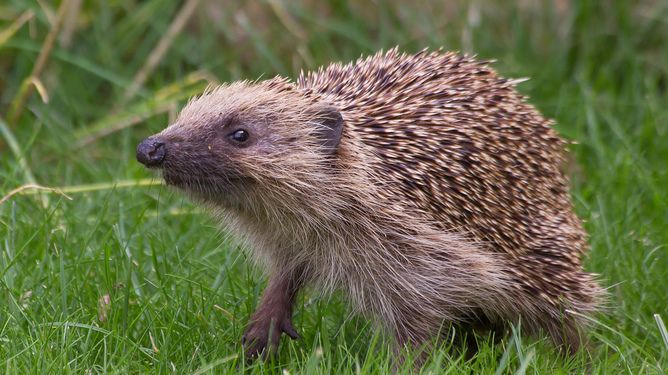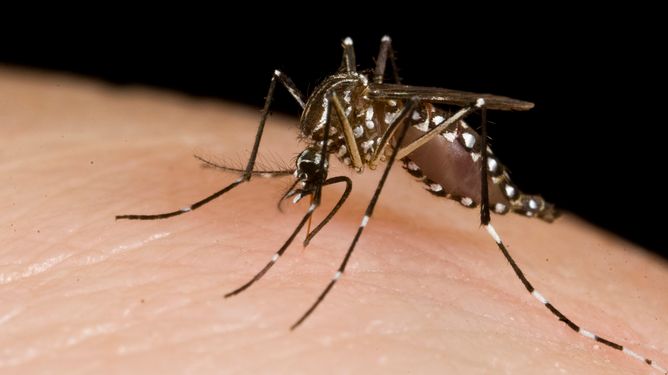Press release -
COMMENT: Cuddly parasites: how teddy bears got their claws into children
Mike Jeffries, Teaching Fellow in Ecology at Northumbria University, discusses teddy bears for The Conversation.
Every year at around Christmas time, cuddly toys in toy shops throughout the land face one of the most critical tests in their life history – will they be chosen and find a home or, literally, be left on the shelf facing extinction?
Among this rich biodiversity of flock-coated wildlife, one species reigns supreme: the teddy bear. Teddy bears (Latin name Brunus edwardsii) are particularly successful throughout the western world as an essential companion for many a child.
They are a long-lived taxon and have seen many rival species disappear, such as Billy Possum, reduced to eking out an existence in a fraction of their old home range. The affectionate relationship between teddies and humans shows no sign of waning after roughly 110 years of keeping each other company but, like any tight co-evolutionary relationship, teddy-human ecology reveals some startling biology.
The precise origin of the teddy bear is obscure, much like any novel taxon. Teddy bears existed as just one species in a cuddly toy fauna alongside elephants, camels and horses created by the toy company Stieff around 1880.
But it was the hunting exploits of US president, Teddy Roosevelt, in 1903 that created the perfect environment for the Age of the Teddy Bear. Publicity surrounding the president’s supposed mercy towards a hunted bear cub made cute teddies suddenly popular, although the familiar story is far from true; it was actually an adult bear that was shot later in the day.
Nonetheless, the toy teddy bear’s pre-adaptation was ideal for some political propagandising by Roosevelt – and teddies became firmly established.
Bearing a resemblance
Those early teddy bears are strikingly bear-like: long-snouted, gangly-limbed and often with humps, teeth and claws. There are not many ursine teeth and snarling maws to be seen among contemporary bears, though. They are altogether cuter, usually with button noses, big heads, and shorter limbs. And over the years teddy morphology has changed to mimic baby animals, especially human babies.
 Teddies are not the only toys to show evolutionary changes. Stephen Jay Gould famously described similar changes to Mickey Mouse and his cartoon kin – while action figures have become increasingly muscular to match male body stereotypes. The increasing infantilisation of teddy bear designs is striking and suggests some powerful natural selection at work.
Teddies are not the only toys to show evolutionary changes. Stephen Jay Gould famously described similar changes to Mickey Mouse and his cartoon kin – while action figures have become increasingly muscular to match male body stereotypes. The increasing infantilisation of teddy bear designs is striking and suggests some powerful natural selection at work.
You can still find bear-like teddies, mostly collectable copies of early bears aimed at an adult market, but for children the cute, cuddly and toothless variety dominate.
Cuddles galore
What is the relationship between teddies and people? My teddy and I have hosted teddy bears' picnics at science festivals over recent years, asking audiences to characterise teddy-human ecology from among the classic ecological interactions; competition, predation, parasitism, mutualism and the less familiar such as commensalism – where one party receives benefits from another that is not negatively affected by it.
Without fail, the picnickers pick mutualism as a key component of the relationship, because both species benefit from the relationship. The teddy gets a home, we get the cuddles.
But the teddy is, in fact, an effective parasite. The teddies get the vital win because they need us to reproduce them using our resources, energy and time. In return, we get a warm, fuzzy feeling, maybe a bit like the worker ants who lap up the sweet secretions of the parasitic large blue butterfly caterpillar as it eats their young.
This also explains the intense selection pressure for teddy bears to be cute. Adult humans are hopelessly vulnerable to cuteness. Young children do not buy their own teddies. Mums, dads, aunts, uncles and grandparents do. That is the tricky stage for any parasite, getting the vector you are using to transmit you to a new host. Hence all those teddies on the Christmas cuddly toy shelves radiating deadly cuteness to hapless adult humans. Pick me, pick me…
This article was originally published on The Conversation. Read the original article.
Topics
Categories
Northumbria is a research-rich, business-focused, professional university with a global reputation for academic excellence. To find out more about our courses go to www.northumbria.ac.uk
If you have a media enquiry please contact our Media and Communications team at media.communications@northumbria.ac.uk or call 0191 227 4571.












